Every week, baking expert Alice Medrich will be going rogue on Food52 -- with shortcuts, hacks, and game-changing recipes.
Today: Alice explains proper freezing technique, so you can save that cookie dough or those extra muffins for (much) later.
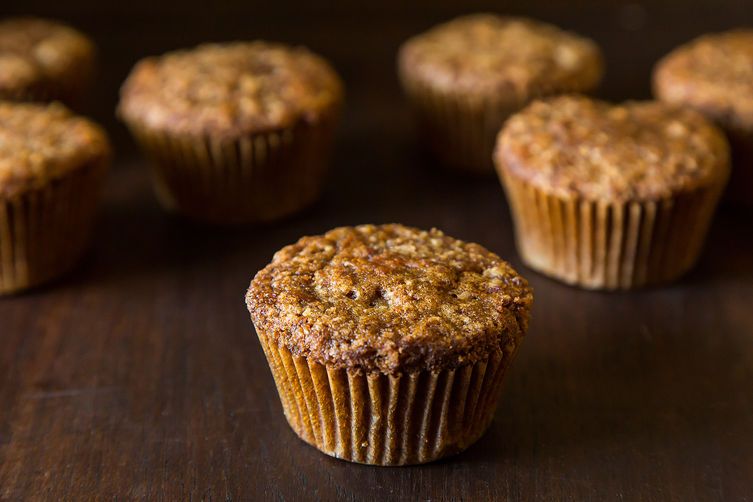
Whenever possible, I like to freeze items unbaked so I can serve them freshly baked! And, if they are cookies, muffins, or biscuits, I can bake as few or as many as I need.
When I do freeze items that are already baked, I usually freeze them without filling or frosting: Naked cake layers (for example) can be wrapped very closely -- to keep out as much air as possible -- and then bagged without messing up the frosting; a cake or cupcake will have a fresher taste, and probably look better too, if it is finished after thawing rather than before freezing. But, when cakes must be frozen finished, slow defrosting produces the best looking results.
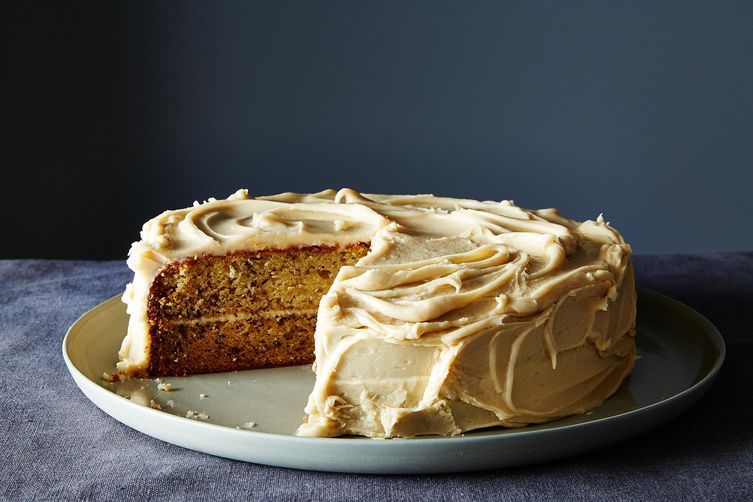
Good wrapping and smart thawing are important regardless. Here's how to wrap, freeze, and thaw baked goods, doughs, and batters right.
Wrapping
Make sure the item is fully cool -- not the least bit warm -- before wrapping. Use airtight freezer bags, press as much air as possible out of them, and consider slipping them into yet another bag or airtight plastic container. Or use vacuum-sealed bags. Obsessive? Yes, but it helps prevent that telltale freezer flavor.
Thawing Baked Goods
Unbaked items can usually be baked right from the freezer, without thawing (more on that below). But already baked items should be thawed without unwrapping, even if it means taking a few frozen muffins or cookies from a bag in the freezer and transferring them to another bag for thawing. Crazy, I know, but moisture forms on the surface of any items you unwrap before thawing.
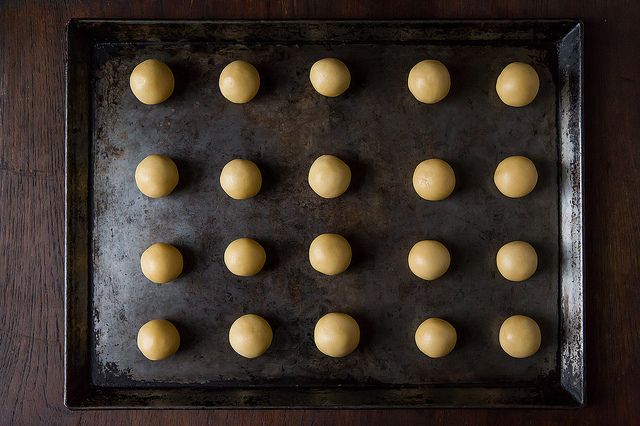
Shortbread and Butter Cookies
For slice-and-bake cookies (like these or these): Shape the dough into a log as usual, wrap it well, and put it into a freezer bag. Thaw it in the fridge, still in the bag. Let the dough warm up at room temperature for a few minutes until it's pliable enough to slice without cracking. Slice and bake as usual.
For cut-out cookies (like these): Shape the dough into flat patties. Wrap the patties well in plastic and slip them into an airtight freezer bag. Thaw the dough in the fridge, still in the bag, for several hours, then let it set at room temperature until pliable enough to roll and cut.
Chocolate Chip, Oatmeal, Ginger, and Molasses Cookies
Place scooped portions of dough close, but not touching, on a lined cookie sheet. Cover the scoops with plastic wrap and freeze until hard, then transfer them to an airtight freezer bag. Bake them without thawing, a couple minutes longer than usual. (Or, you can freeze baked cookies; thaw them at room temperature in a bag.)
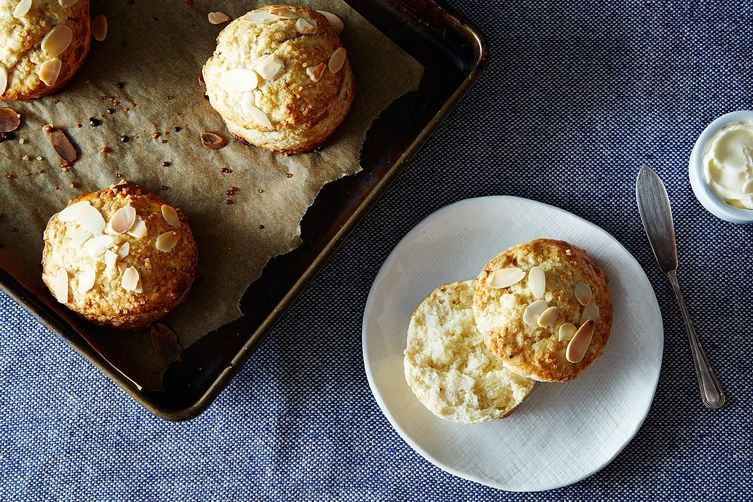
Biscuits and Scones
Mix and cut biscuits as usual. Place them close, but not touching, on a lined cookie sheet. Cover them with plastic wrap and freeze until hard, then transfer them to a freezer bag. Bake as many as you want, directly from the freezer; they will take up to 5 minutes longer in the oven. Turn the oven off for the last 5 minutes if they are getting too brown. (Or, you can freeze baked biscuits or scones, then thaw them at room temperature in a bag, and reheat them before serving if you like.)
More: Discover recipes for muffins and breads that freeze well.
Cupcakes, Muffins, and Brownies
Bake and cool these completely. Freeze them (preferably unfrosted) in a freezer bag. Thaw them in the bag at room temperature; if you're thawing only a few, transfer them to another bag to thaw. Muffins may be reheated to serve warm.
Some muffin batters can be frozen before baking. The next time you bake any muffin batter, test it out by freezing one portion of batter in a paper liner. Bake the test muffin directly from the freezer -- a few minutes longer than called for, as necessary. Brownie batter can also be frozen in the baking pan (a foil one works for this, sealed in a freezer bag. Thaw it in the fridge without unwrapping. Bake it as usual, but a few minutes longer. Brownies baked this way will be slightly denser and extra fudgy.
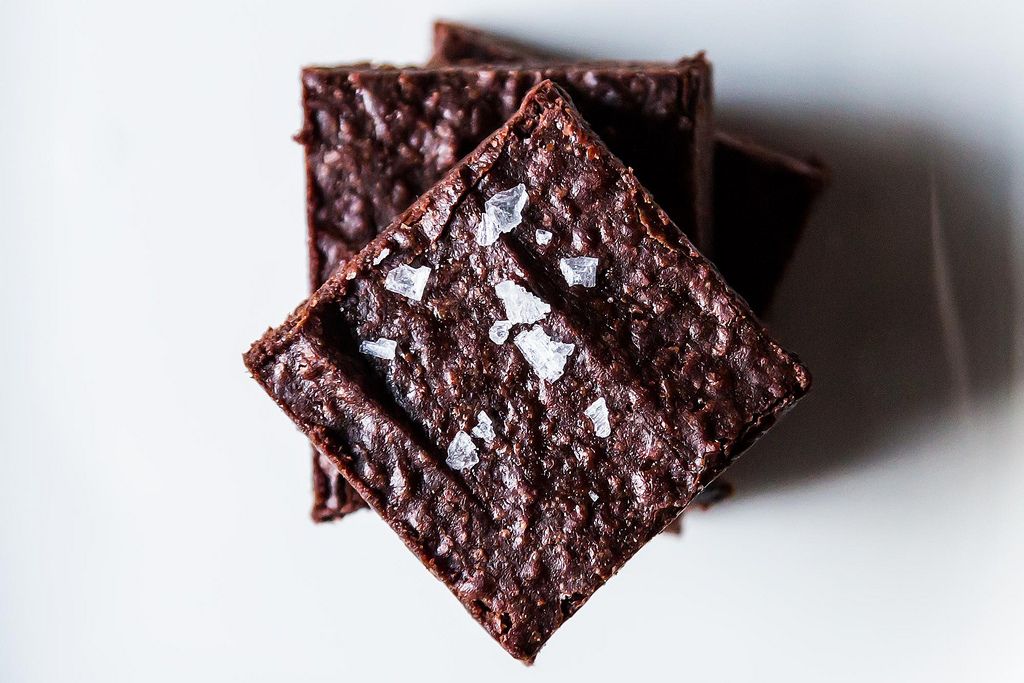
Cake Layers
Bake the layers and cool them completely. Wrap them in plastic wrap and put them into a freezer bag. Thaw them in the bag, at room temperature. Fill and frost them as usual.
Frosted or Glazed Cakes
Freeze in an airtight plastic cake container. To minimize the formation of condensation on the frosting or glaze, thaw the cake in the container in the fridge (even if it's meant to be served at room temperature) for several hours or overnight. You can then let the cake come to room temperature (after thawing in the fridge) on the counter, still in the container, for another few hours.
More: Get Alice's 8 rules for altering baking recipes.
 Alice's new book Seriously Bitter Sweet is a complete revision of her IACP award-winning Bittersweet, updated for the 54%, 61%, and 72% (and beyond) bars available today. It's packed with tricks, techniques, and answers to every chocolate question, plus 150 seriously delicious recipes -- both savory and sweet.
Alice's new book Seriously Bitter Sweet is a complete revision of her IACP award-winning Bittersweet, updated for the 54%, 61%, and 72% (and beyond) bars available today. It's packed with tricks, techniques, and answers to every chocolate question, plus 150 seriously delicious recipes -- both savory and sweet.
Photos by James Ransom







See what other Food52 readers are saying.